The hippest wine region in the Americas
Less than two hours from San Diego, Valle de Gaudalupe is known as ‘the Napa of Mexico’.
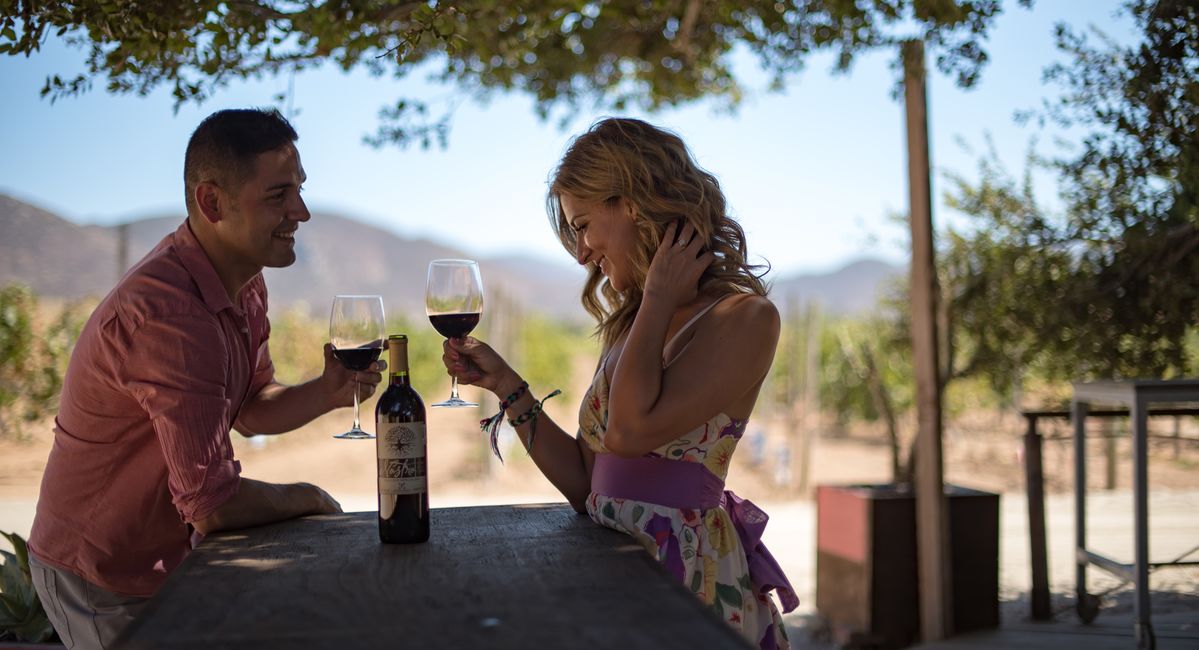
In the 2019 Concours Mondial de Bruxelles, an international wine contest known as the United Nations of Fine Wines, there was a surprising new entry into the top 10 medal-winning countries: Mexico, taking out 39 medals including 12 golds.
But this unlikely victor – a land better known for beer and tequila – is no overnight success story. Mexico is, in fact, the oldest wine-producing nation in the Americas, with the first grapes planted by thirsty Conquistadors in the 16th century during their overthrow of the Aztec empire.
While it may have taken another 500 years for Mexicans to develop a palette for the liquid El Dorado, it seems its place in their cocinas is now secure, with wine consumption doubling in the past decade.
The Napa of Mexico
The epicentre of this renaissance is Valle de Gaudalupe, located on the northern Baja Peninsula 30 minutes inland from the town of Ensenada.
Known as the “the Napa of Mexico”, this arid valley – an evocative desert landscape of granite boulders, prickly pear and sagebrush – is also prime grape-growing terrain, its searing summers tempered by the rolling mists of the Pacific Ocean.
Today, the region produces 90 per cent of Mexico’s wines, with the majority of the 160 wineries on the 77-square kilometre Ruta del Vino (Wine Route) popping up in the last 30 years.
But rather than large-scale commercial production, many of the vineyards in Valle, as it is affectionately known, are family-run, focusing on quality rather than quantity and present a more intimate tasting experience, often with the winemaker themselves.
Add to that a burgeoning farm-to-table culinary scene, some astounding architecture and hip accommodation, and it’s little wonder that tourism to Valle de Guadalupe is booming, particularly among day-trippers from Southern California who make the two-hour trek across the border to what is ostensibly their closest wine region.
Border crossing
For international visitors, that infamous border can complicate a visit to Valle de Guadalupe. Many US car hire companies, for instance, won’t allow vehicles to cross international lines; while most wine tours set off from Tijuana, which means negotiating the immigration process on foot.
Enter Boca Roja Wine Adventures, a San Diego-based tour company offering day trips and custom tours from California’s southern-most city.
With pickups from downtown hotels or even the airport, Boca Roja’s door-to-door service takes the guesswork – and the prospect of drink driving – out of a Baja wine country visit, with a premium day trip including seamless border crossings, tastings at three boutique cellar doors, a degustation lunch at a well-regarded restaurant, and sunset cocktails at a cliff-side bar.
For those who want to linger a little longer, Boca Roja also arrange custom itineraries that include accommodation and all touring.
Furthermore, their guests benefit from the knowledge and passion of their Spanish-speaking guides, with ‘behind-the-scenes’ access to some of the valley’s most influential winemakers and restaurateurs.
Tasting al fresco
At the boutique Mina Penelope winery, for instance, we gather under a century-old oak tree for an al fresco tasting with winemaker Veronica Santiago, who explains the philosophy behind her small-batch, organic creations.
“What nature gives you every year, you want to keep that; you want to taste the soil, the temperature, the history,” Veronica tells us as she pours an experimental Sauvignon Blanc, a surprising varietal in a region better known for its robust reds. “Every year we have different conditions, so I produce a different wine. I embrace the challenges.”
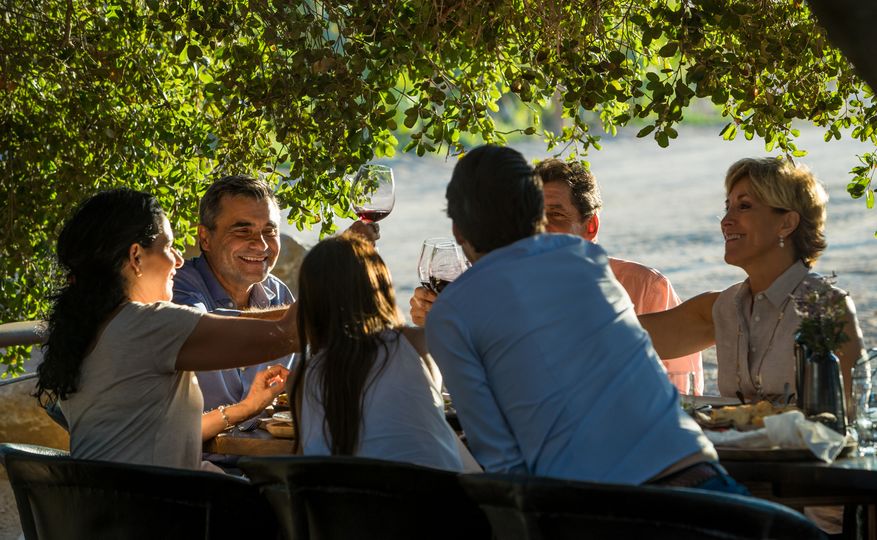
A graduate of Adelaide University’s Master of Viticulture and Oenology, Santiago is typical of the new breed of winemakers making their mark in Valle de Guadalupe – locally bred, internationally trained, and returning to challenge age-old traditions.
Baja cuisine at its best
This spirit of innovation has also pervaded the region’s world-class restaurant scene, with some of Mexico’s most in-demand young chefs creating playful tasting menus centred around sustainable local farm produce and Pacific seafood.
“I couldn’t imagine opening my first restaurant anywhere else,” says 29-year-old David Castro Hussong, an Ensenada local whose impressive resume included stints at NOMA and NYC’s Eleven Madison Avenue before returning home to helm Fauna, winner of the 2018 Best Hotel Restaurant at the Gourmet Awards – Mexico’s version of the Michelins.
“Here in Baja, gastronomic traditions are very young. There isn’t really an authentic way of doing things; we are creating this tradition, there are no rules, no wrong or right way of doing Baja cuisine.”
Focus on design
With its open kitchen and trellised courtyard utilising recycled materials, Fauna is just as much a journey into aesthetics as it is a culinary adventure.
Bruma, the winery at which it is located, is a veritable architectural masterpiece, a rammed earth compound anchored by a massive dead tree, its skeletal branches reflected in a rooftop mirrored pool.
Meanwhile, the desert landscape is also the inspiration behind Encuentro Guadalupe, the valley’s most luxurious resort.
Beloved by celebrities (Rihanna booked out the entire property for a party in 2014), this sprawling 99-hectare winery and cattle ranch features 22 minimalist eco-lofts scattered amongst massive boulders, with private terraces and fire-pits encouraging guests to connect with the environment under a starlit sky.
The property also features an infinity pool and jacuzzi tucked into the hillside, an underground wine cellar, and a restaurant and bar with stunning views of the surrounding mountains.
Good wine, great food and glorious scenery, all wrapped in a burrito of Mexican charm – what more could you possibly wish for?
Julie Miller was a guest of Boca Roja Wine Adventures, the Ministry of Tourism Baja California and Encuentro Guadalupe.
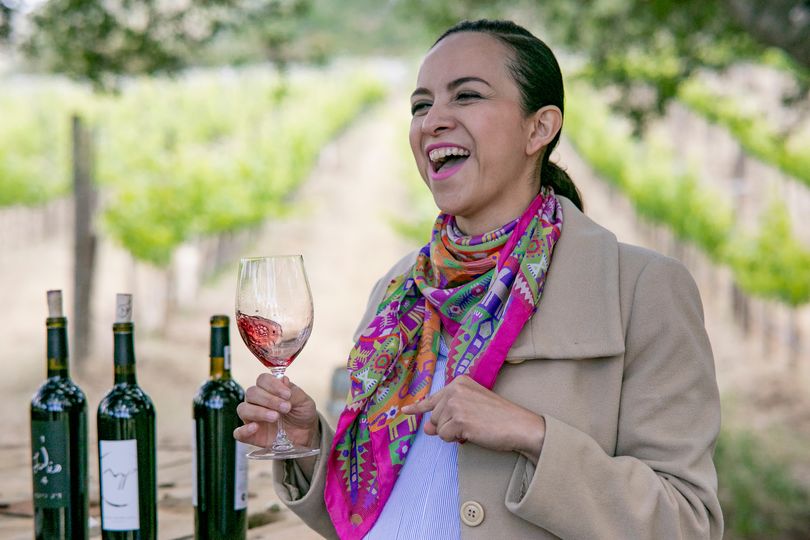
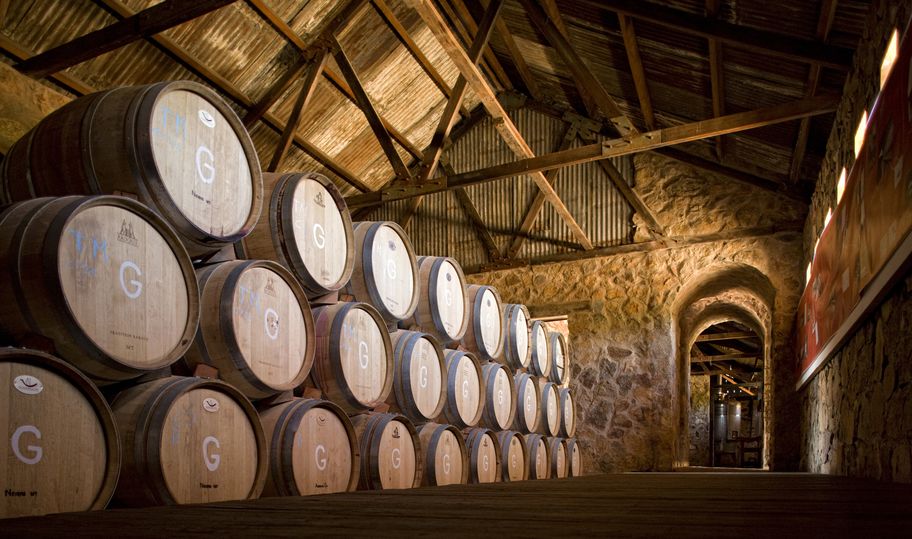
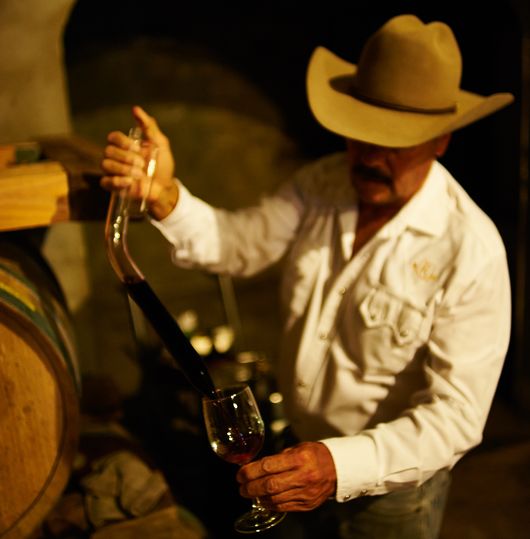
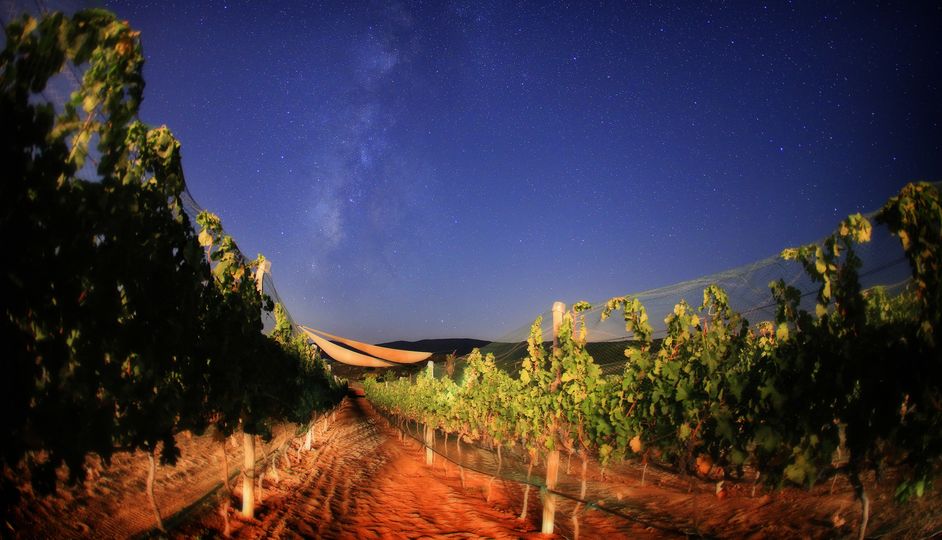
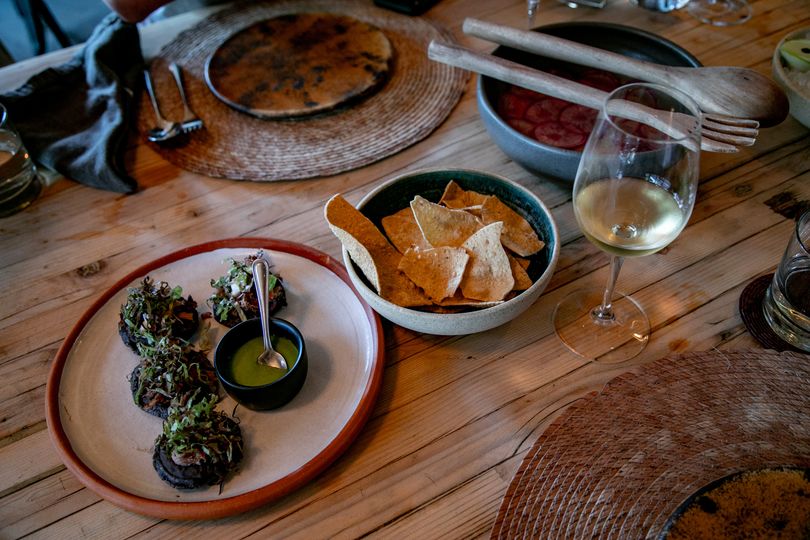
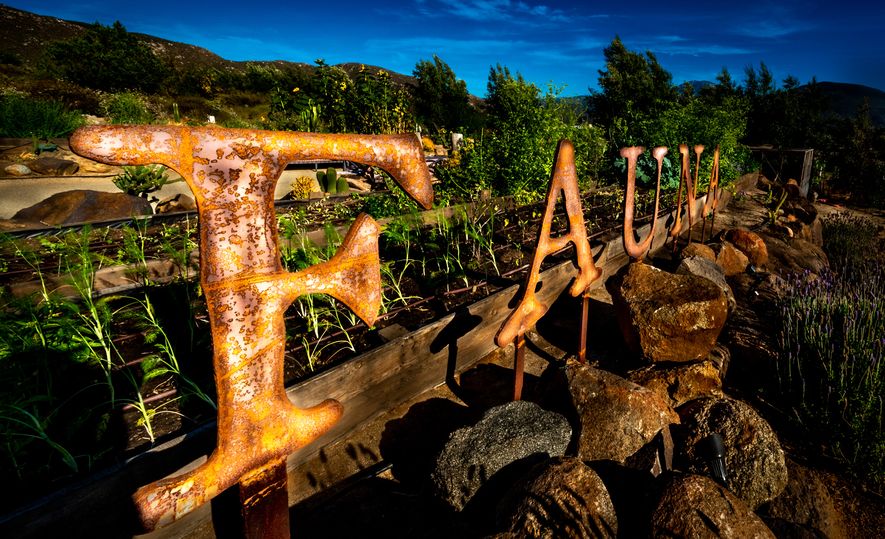
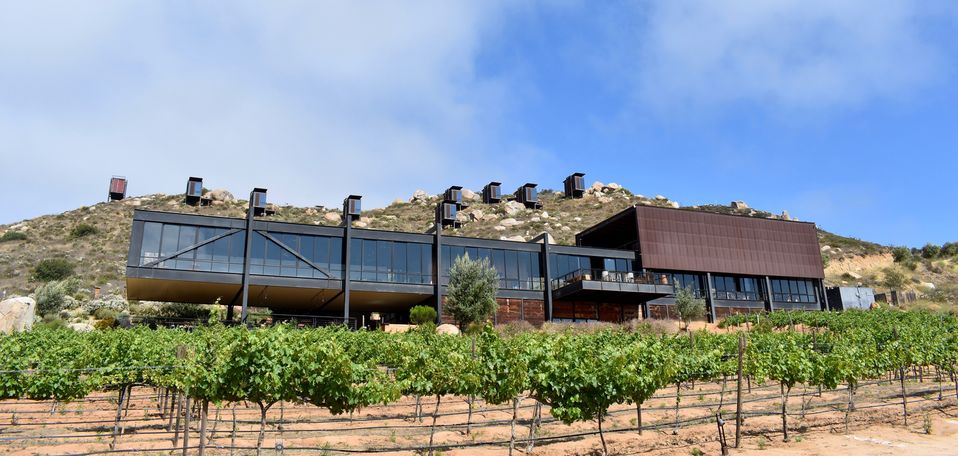
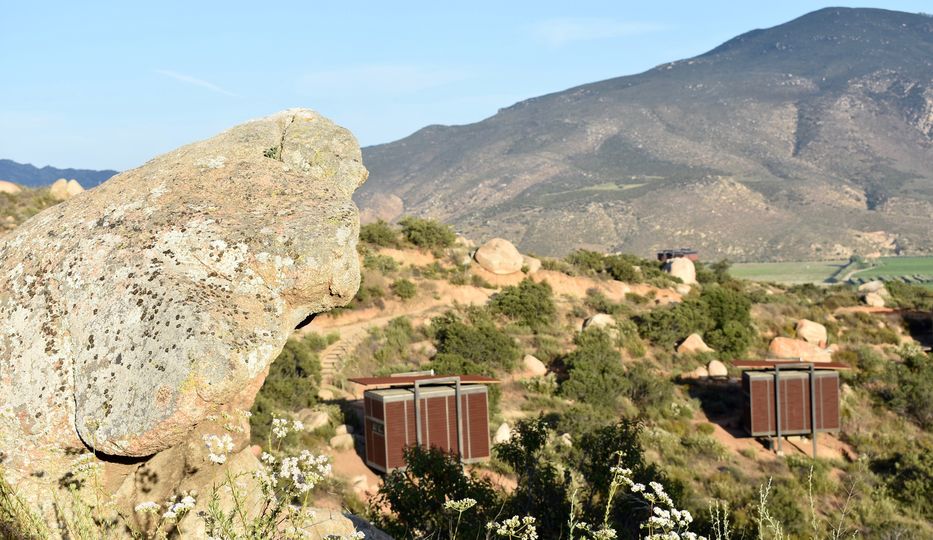

Hi Guest, join in the discussion on The hippest wine region in the Americas